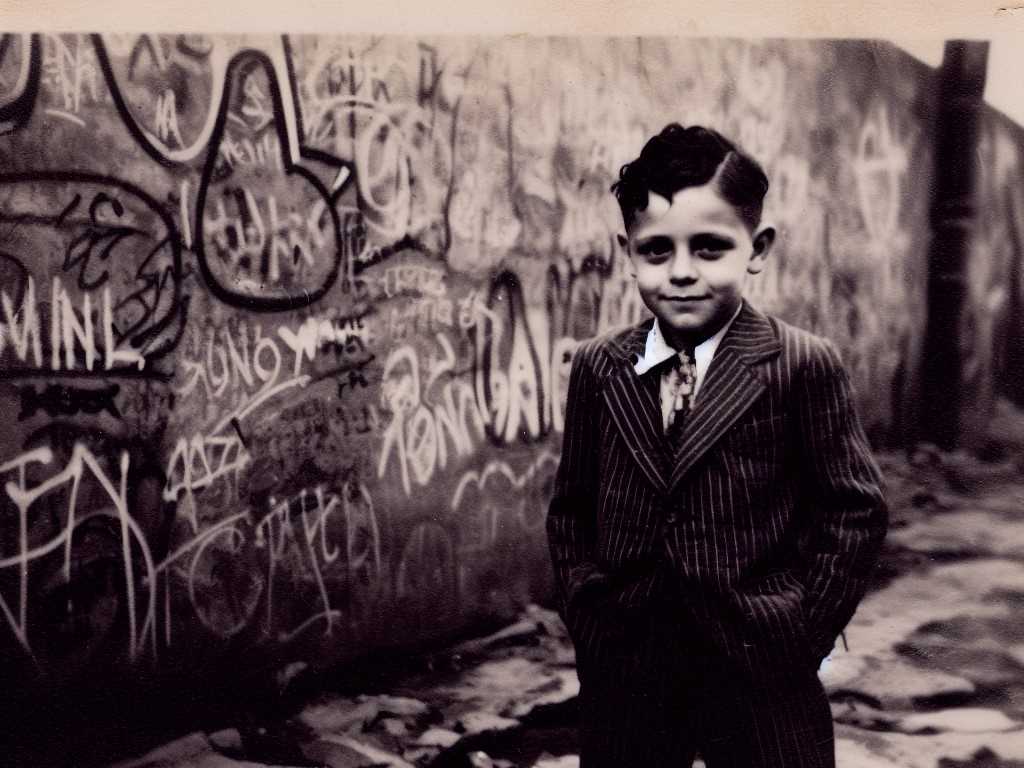Gangs, Grit, and Growing Up in the 1940s Mexico City
In the 1940s Mexico City, poverty and inequality birthed youth gangs. These weren't hardened criminals, but teens finding belonging and escape amidst urban sprawl. Their stories, etched in graffiti and court records, urge us to see them as victims of a city growing too fast, leaving them behind.

A social phenomenon that has historically occurred in the world's large cities is gangsterism. This has been identified as the formation of gangs made up, often, of adolescents searching for a collective identity. However, multiple problems can arise within gangs, such as violence and participation in criminal activities.
In the particular case of Mexico, the issue of violent gangs began in the 1940s. It is recorded that during this period there was an increase in the number of cases of young people arrested for the crime of criminal association, which implied that this sector was involved in groups that committed illicit activities, such as robbery, fraud, murder and rape.




